High histamine levels can produce a myriad of unpleasant symptoms that highly impact your quality of life. When working with clients, histamine intolerance is always something I'm looking out for.
What is Histamine?
Histamine is a compound that is released by the cells in your body. The release of histamine can be triggered by inflammation, an allergic reaction (food allergy or otherwise), injury or threat.
Typically histamine is broken down either through the process of methylation with the help of the HNMT (histamine-N-methyltransferase) enzyme or by DAO (diamine oxidase, the main enzyme that breaks down histamine in the gut).
If you've never investigated if histamine could be a factor in your presentation of symptoms, you may want to familiarize yourself with the signs and symptoms:
- itching
- flushing and redness
- nasal congestion
- irregular cycles
- anxiety and mood issues
- ADHD
- hives
- edema
- postprandial abdominal distension
- diarrhea
- abdominal pain and constipation
- dizziness
- headaches/migraines
- hypotension
- allergies
- tachycardia
How to Get Rid of Histamine Intolerance by Addressing the Root Cause
Addressing the underlying cause of histamine issues requires paying attention to where the increased load of histamine is coming from, including:
- gut health (usually stemming from an overloaded liver)
- certain gut bacteria are 'histamine producers' and when overgrown create a higher histamine load in the body
- you need a healthy gut to produce enough DAO enzyme to break down histamine in your gut
- liver/gallbladder dysfunction
- methylation status (undermethylation & genetics) [3]
- your cells, histamine is produced by your body especially in response to potential allergens (mold, pollen, problematic foods)
- diet (the food you eat, especially aged and fermented foods)
Now that you know the five main causes of histamine intolerance, let's dive into each one of them in greater detail.
Histamine Producing Gut Bacteria
One very common cause of high histamine levels is a dysbiotic gut, meaning a gut where bacteria levels are out of balance.
You see, certain gut bacteria produce histamine, so if you have an overgrowth of them, your body could be overloaded with histamine regularly solely based on your gut health.
If you completed a GI Map Stool Test, you'll want to pull yours out and look on page 3 to see if you have elevated amounts of any of the major histamine-producers that could be adding to your daily histamine burden. They are:
- Morganella
- Klebsiella
- Klebsiella pneumoniae
- Pseudomonas
- Pseudomonas aeruginosa
- Citrobacter freundii
- Proteus
- Proteus mirabilis
When the bacteria above are outside of the normal ranges, it's a big clue that a big part of your high histamine levels causing histamine intolerance are rooted in your gut, and gut support is absolutely vital to bring the levels of histamine-producing bacteria down.
Short term relief can come from avoiding constipation, increasing short chain fatty acid production (especially butyrate) and probiotics, but for long term symptom relief and resolution, you've got to focus on supporting the organs that regulate your gut to begin with, your liver and gallbladder.
The Liver, Gallbladder and High Histamine
Now that you know that one big source of histamine can come from your gut health, it's important to emphasize the role your liver and gallbladder play on keeping your gut in good balance.
You see, your liver-gallbladder axis regulates your gut microbiome long-term.
You can do all the 'gut support' interventions you want, but the changes won't stick if you don't fix the problem that created them in the first place.
The liver-gallbladder axis governs digestion in so many ways.
If this were a math equation it would look something like this: A sick liver = poor bile acid composition & bile regulation = bad gut environment (more opportunities for histamine-producing bacteria overgrowth).
This is why so many people get reoccurring episodes of histamine intolerance, SIBO, LIBO, dysbiosis etc., because they are just chasing the gut and ignoring the liver/gallbladder. That's why you see those chronically focusing on their gut and ignoring the liver don't actually get better. It keeps coming back.
So how do you support the liver to help aid in decreasing high histamine levels? You have to start giving the liver 'less work' to do so it can function with more ease.
There are seven super easy ways to get started supporting your liver gallbladder health to reduce histamine intolerance:
- Learn about what's increasing your toxicity. A state of toxicity to me is loosely defined as accumulating toxins faster than you are able to excrete them. This might involve mineral (HTMA) and blood testing to learn more about your iron and copper levels. It also might involve gut testing to see what kind of state your gut is in and how best to support it.
- Eat more fiber - this helps to passively support detoxification, and a low-fiber combined with a toxic diet and lifestyle is probably the #1 dietary problem impacting your health.
- Eat enough high-quality animal protein. Protein deficiency by itself can impair liver detoxification.
- Take less supplements (find out what nutrients your body needs and forget about the rest!)
- Be mindful of the impact of Rx and over the counter drugs on your liver (i.e., liver injury). Antibiotics, pain meds and accutane are big here.
- Reduce alcohol intake.
- Reduce plant toxins in the diet that give the liver 'more work' to do.
- Nightshade veggies are one example of a family of foods with a higher plant toxin load, such as hot peppers, tomatoes, ashwagandha (popular for adrenal support), bell peppers (a.k.a. sweet peppers), cape gooseberry, eggplant, goji berries (also called wolfberry), paprika, potatoes (including potato starch found in many gluten-free foods), and tobacco.
- Intake of high oxalate foods like spinach, almonds, rhubarb, chocolate and cocoa/cacao should also be considered.
Undermethylation and Histamine
Another way histamine levels can build up is if there are methylation issues causing the histamine to not be broken down properly.
This is why it's helpful to know a little bit about your methylation status (undermethylator, overmethylator or normal methylator), something you can glean from labs such as whole blood histamine and homocysteine.
Undermethylators tend to have higher histamine levels and can benefit from more B-vitamins and methyl group containing foods in their diet.
Read more about high histamine and undermethylation here.
Increased Histamine Release from Your Cells
Another way histamine intolerance can occur is when your body's producing too much in response to a stimuli.
This could be something as simple as a food you're allergic to, a contaminant in your environment (mold and pollen are big here), an injury, or a threat perceived from your body.
Investigating any possible food or environmental triggers is essential to a thorough histamine reducing protocol.
High Histamine Foods
Foods contain varying levels of histamine. One of the predominant factors to consider when choosing low-histamine foods is the freshness of the food. As a general rule, the longer a food sits in your fridge the higher level of histamine it's going to contain.
Consider reducing the following high histamine foods below until you get your symptoms under control:
- aged foods - aged cheeses, salami, red wine, processed and smoked meats
- fermented foods - beer, yogurt, vinegar, kefir, soy sauce, sauerkraut, pickles, and olives
- leftovers - the longer the food sits, the more histamine it has as a general rule
- high histamine foods - citrus fruits, canned/smoked seafood, especially tuna and mackerel
- high histamine supplements - probiotic bacteria strains that produce histamine should be avoided
While in the short-term reducing high histamine foods with a low-histamine diet that emphasizes fresh foods can bring quite a lot in terms of system relief, longer-term I do not recommend it. Restrictive diets of any kind can be detrimental and unintentionally calorie-restrictive, posing other health risks.
Addressing the underlying cause of your histamine intolerance is key to getting back to eating a wide variety of foods without symptoms.
How to Reduce Histamine Levels
How do you reduce histamine producing bacteria and block its inflammatory effects? Here's a few great places to start:
- get data on your body so you can zero in on the cause of your histamine issues. Suggested testing includes:
- vitamin A, zinc, copper, iron and whole blood histamine (lab testing available to US clients only, except those in NY, NJ and RI)
- Hair tissue mineral analysis to assess minerals that impact the liver as well as heavy metal load (available to clients worldwide)
- GI Map Testing to assess histamine levels in the gut (available to clients worldwide)
- improve overall liver health - the Align to Detox Masterclass is a great place to start!
- high dose probiotics - choose one that doesn't contain histamine producing bacteria strains, I discuss all my favorite products in the Bulletproof Gut Masterclass.
- fiber - only if tolerated from foods and/or prebiotic supplements
- serum bovine immunoglobulins
- DAO enzyme supplements
- low-dose lactulose (outside the US available over the counter, in US Rx only)
- avoid constipation - constipation encourages bacteria overgrowth which contributes to high histamine levels
- support methylation
- consider your environment
I hope this encourages you to investigate the root causes of your high histamine levels and find more health clarity.
Change your histamine level, change your symptoms 💪🏻
Need help?
Reach out to find more about comprehensive testing and support for histamine-related symptoms.
PIN IT:
References:
- https://www.ncbi.nlm.nih.gov/pmc/articles/PMC68527...
- https://www.diagnosticsolutionslab.com/blog/gas-histamine-producers-gi-map
- https://pubmed.ncbi.nlm.nih.gov/35565742/

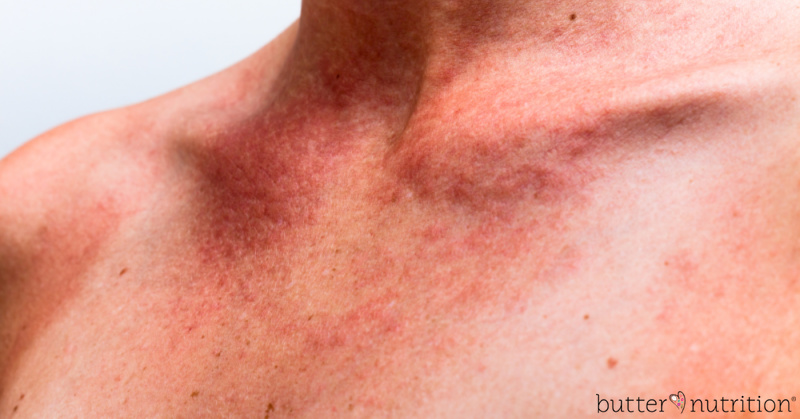



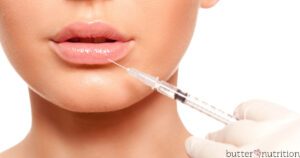

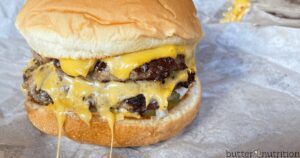
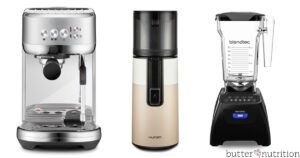
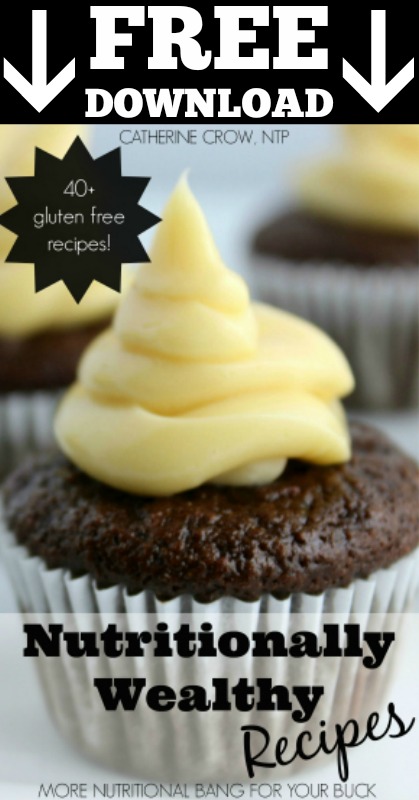
Join the Conversation